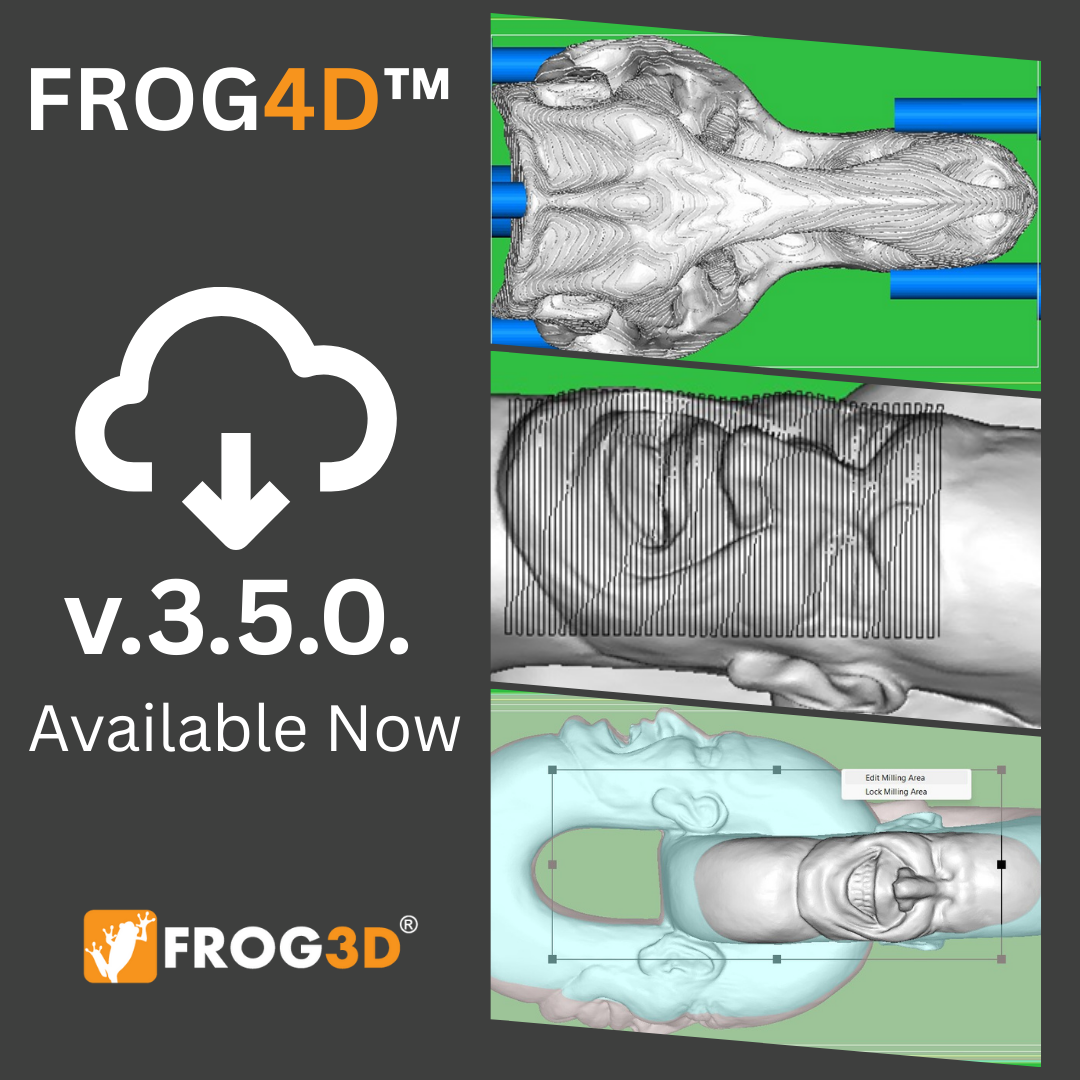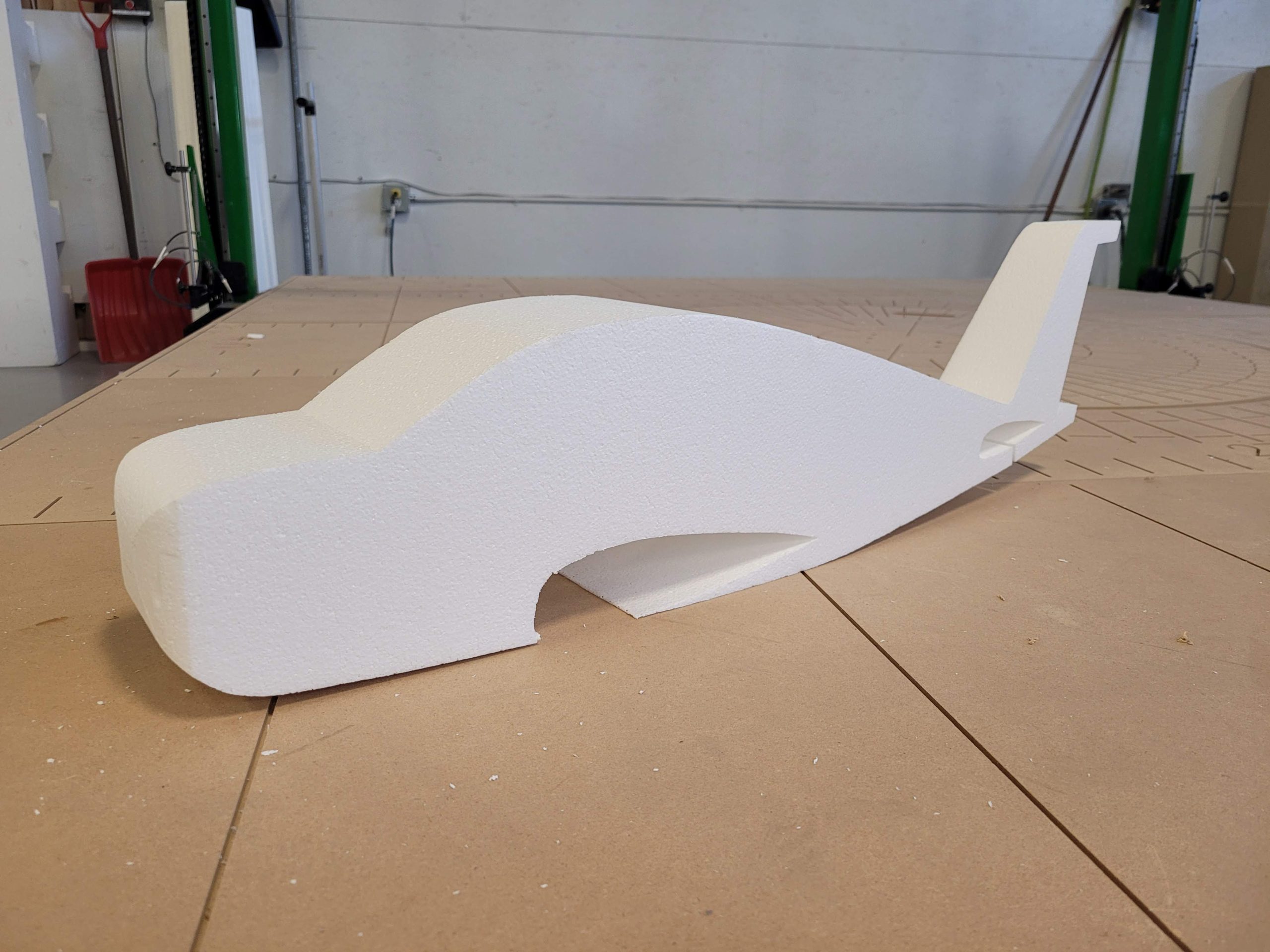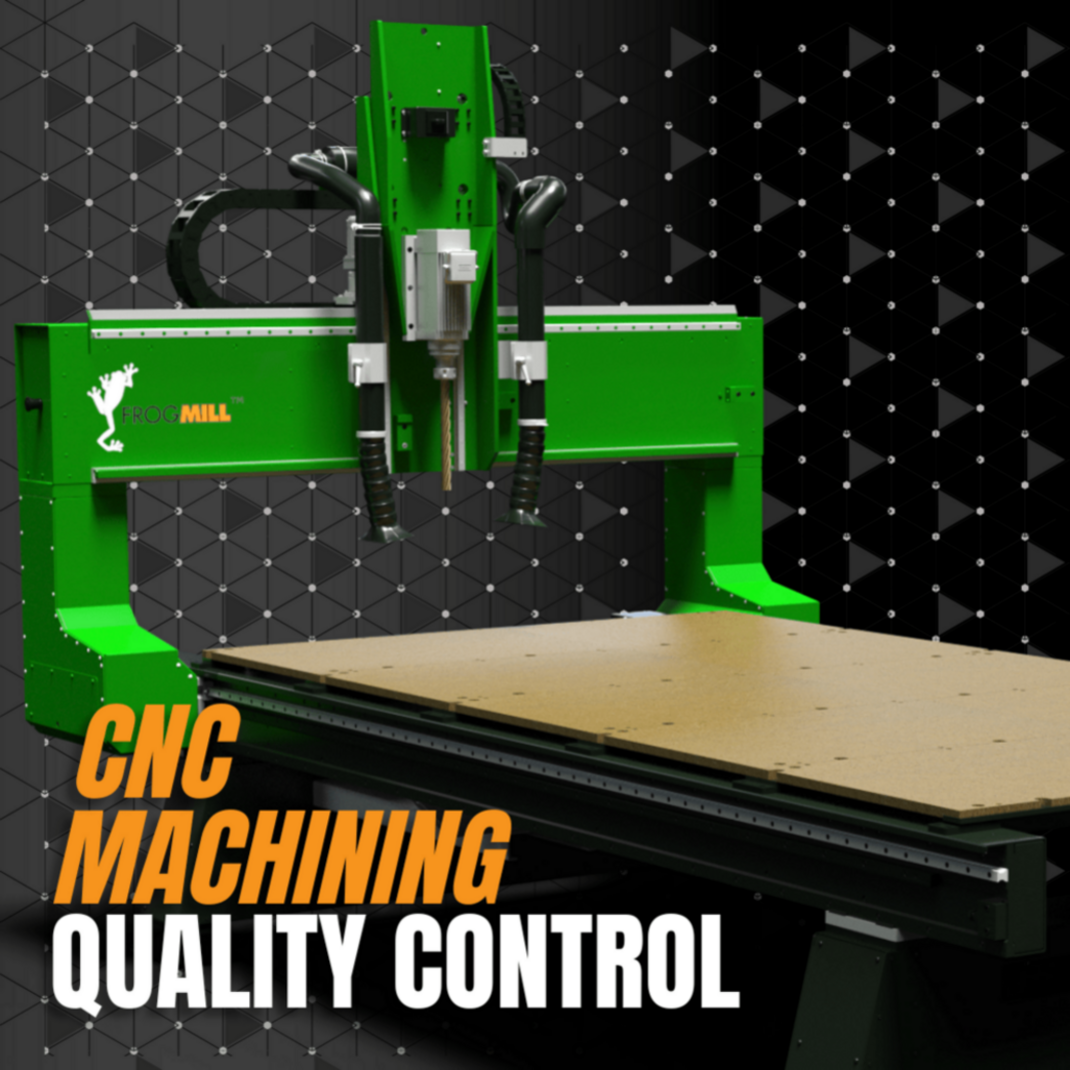Scenic design typically involves several pieces in combination to make up the environment. The intricacy of the merge is what brings them to life and attracts people to the sets. Each element is designed with purpose, contributing to the environment and the mood of the set as a whole. The designer’s role is to enable the audience to immerse themselves within the space, and it is essential for the entire collection of elements to follow a general flow and blend well with its surroundings.

The best environments are built with a good combination of materials and processes. Wood, plastic, foam, and other materials can all be machined with precision and accuracy, though sometimes, 3D printing or hot wire cutting is better suited for the task.
Of course, having all the systems you many need at your disposal means you’ll be fully prepared to work with the different materials and bring out their full potential. This is super beneficial as having the project work all done in one place allows you to plan out the progress directly instead of looping back and forth in a communication channel. Furthermore, this will also ensure each element that will be attached to the set is cohesive with the overall plan and vision.
Lastly, a good scene should be natural and visually appealing. This means keeping the scale of all elements consistent throughout the machining process. Outsourcing single elements of the overall project can lead to problems when it comes time to put everything together. Having the ability to manage the full scene in a central facility will ensure scheduling is maintained, design modifications can be communicated clearly, and everything comes together as planned.
Interested in boosting your scenic design production? Call us now!




